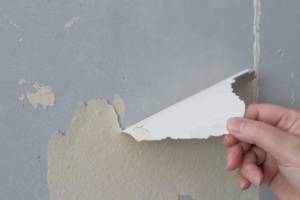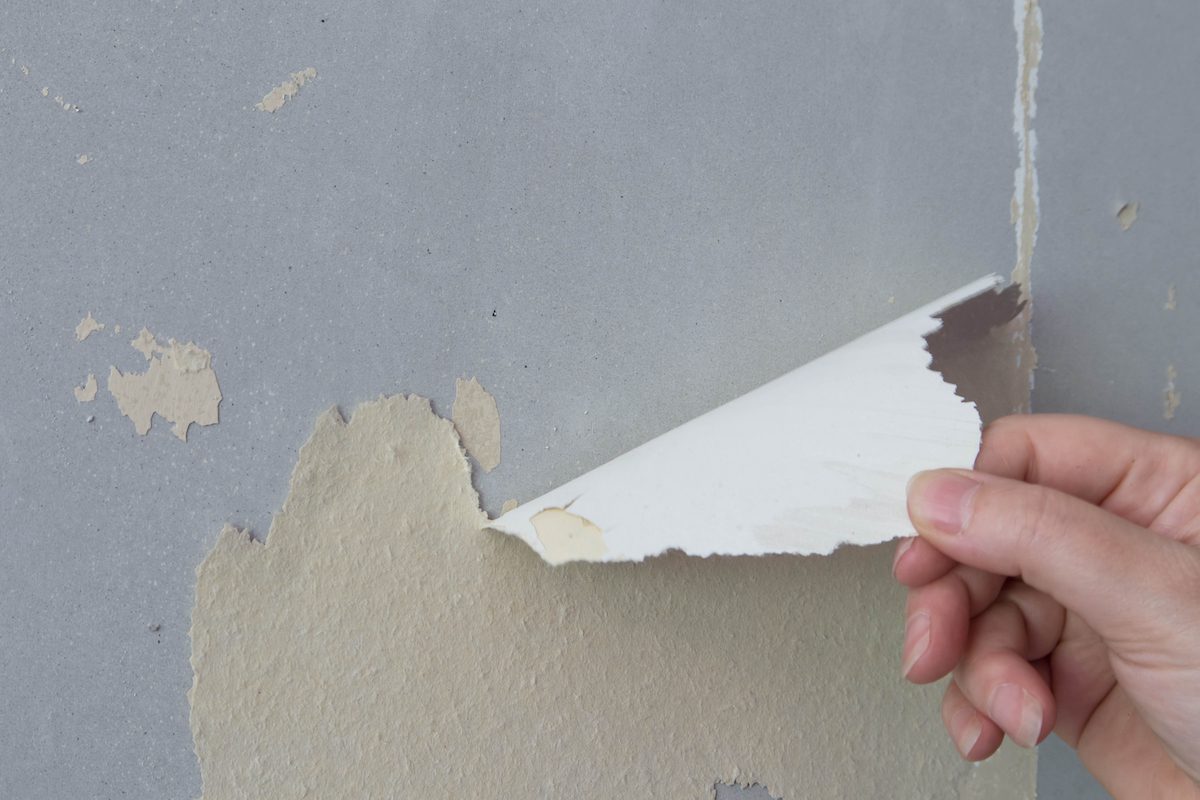The Difference Between Tenant Damage and Wear and Tear
When managing or renting out residential properties, distinguishing between tenant damage and normal wear and tear is crucial for property owners, managers, and tenants alike. This distinction affects security deposit deductions, maintenance responsibilities, and overall property condition. This article aims to clarify these concepts, providing a comprehensive overview to help stakeholders navigate these issues effectively.
What is Wear and Tear?
Wear and tear refer to the natural and inevitable aging process of a property and its fixtures resulting from ordinary use. This encompasses the gradual deterioration that occurs over time, regardless of occupant behavior, due to exposure to the elements and regular living activities. Examples of normal wear and tear include:
- Fading paint or wallpaper due to sunlight exposure.
- Carpet wear from normal foot traffic.
- Minor scuffs and marks on walls.
- Loose door handles or worn electrical switches from regular use.
- Fading or thinning of fabric on furniture over time.
Wear and tear are expected and landlords are typically responsible for addressing these issues as part of regular property maintenance. Legislation and rental agreements usually dictate that tenants cannot be held financially responsible for repairs or maintenance related to normal wear and tear.
What is Tenant Damage?
Tenant damage, on the other hand, refers to deterioration or destruction that occurs due to abuse, negligence, or accidents beyond normal usage. It encompasses actions that lead to the property needing repair or replacement before its expected time due to the tenant’s behavior. Examples of tenant damage include:
- Holes in walls from nails or mishandling.
- Burns or stains on carpets.
- Broken windows or torn screens.
- Significant damage to appliances beyond normal use.
- Unapproved or poorly executed alterations.
Tenants are generally held financially responsible for repairing damage caused by their actions or negligence. This often involves deductions from the security deposit or additional charges if the damage exceeds the deposit amount.
Differentiating Between Wear and Tear and Tenant Damage
The key to differentiating between wear and tear and tenant damage lies in evaluating the extent and cause of the deterioration. Factors to consider include:
- Age and quality of the item: Older items are more likely to show signs of wear and tear.
- Expected lifespan: Items that have exceeded or are close to their expected lifespan are more likely to suffer from wear and tear.
- Cause of damage: If the damage is a result of accidents, negligence, or intentional actions by the tenant, it’s likely to be considered tenant damage.
- Severity of deterioration: Minor cosmetic changes are usually wear and tear, while significant destruction indicates tenant damage.
Best Practices for Landlords and Tenants
To navigate the complexities of tenant damage and wear and tear, both landlords and tenants should take proactive steps:
- Documentation: Before move-in and upon move-out, conduct thorough property inspections and document the condition with photos or videos.
- Clear Communication: Ensure rental agreements clearly define what constitutes tenant damage versus wear and tear.
- Prompt Reporting: Tenants should immediately report any damage or issues that arise during their tenancy.
- Maintenance: Regular maintenance by landlords can help prevent minor wear from becoming significant issues.
Conclusion
Understanding and distinguishing between tenant damage and wear and tear is fundamental for maintaining a positive landlord-tenant relationship and ensuring the longevity of the property. By fostering clear communication, setting realistic expectations, and adhering to best practices, both parties can navigate these issues smoothly, ensuring the property remains in good condition for years to come.




